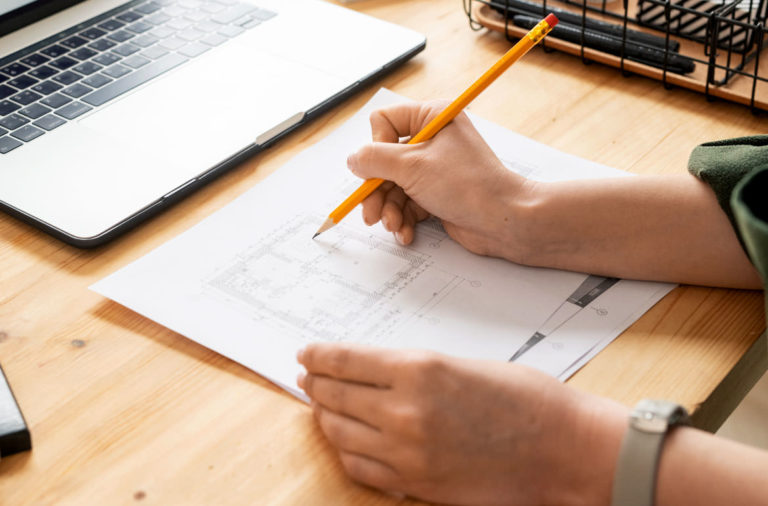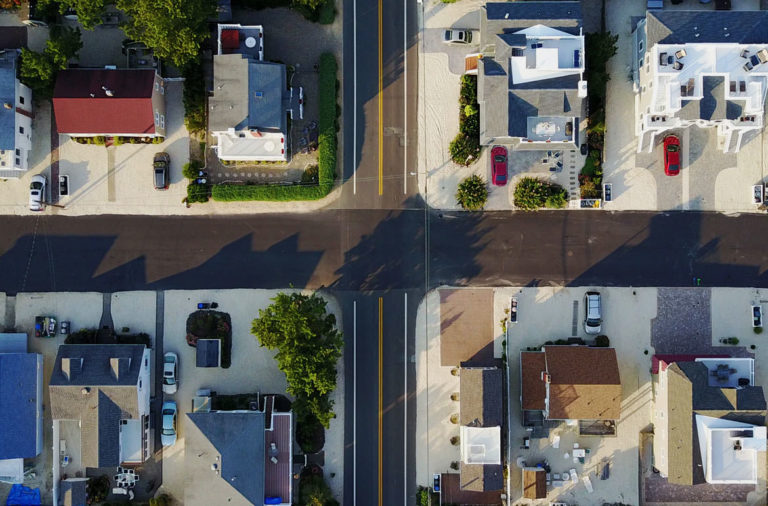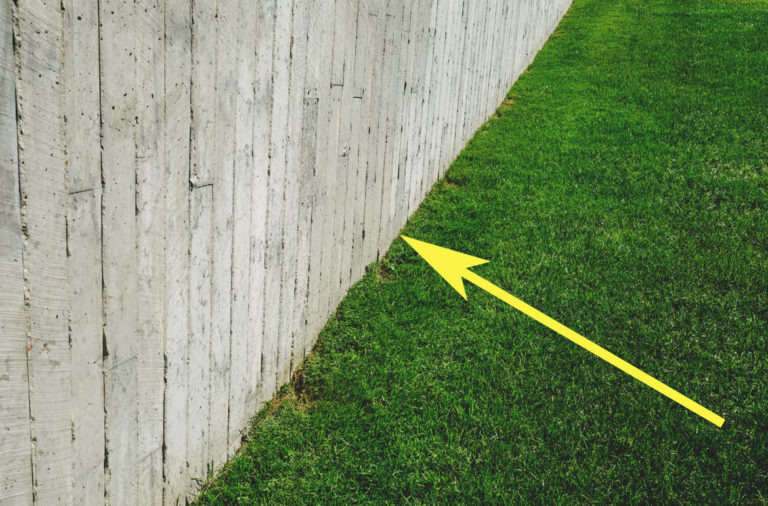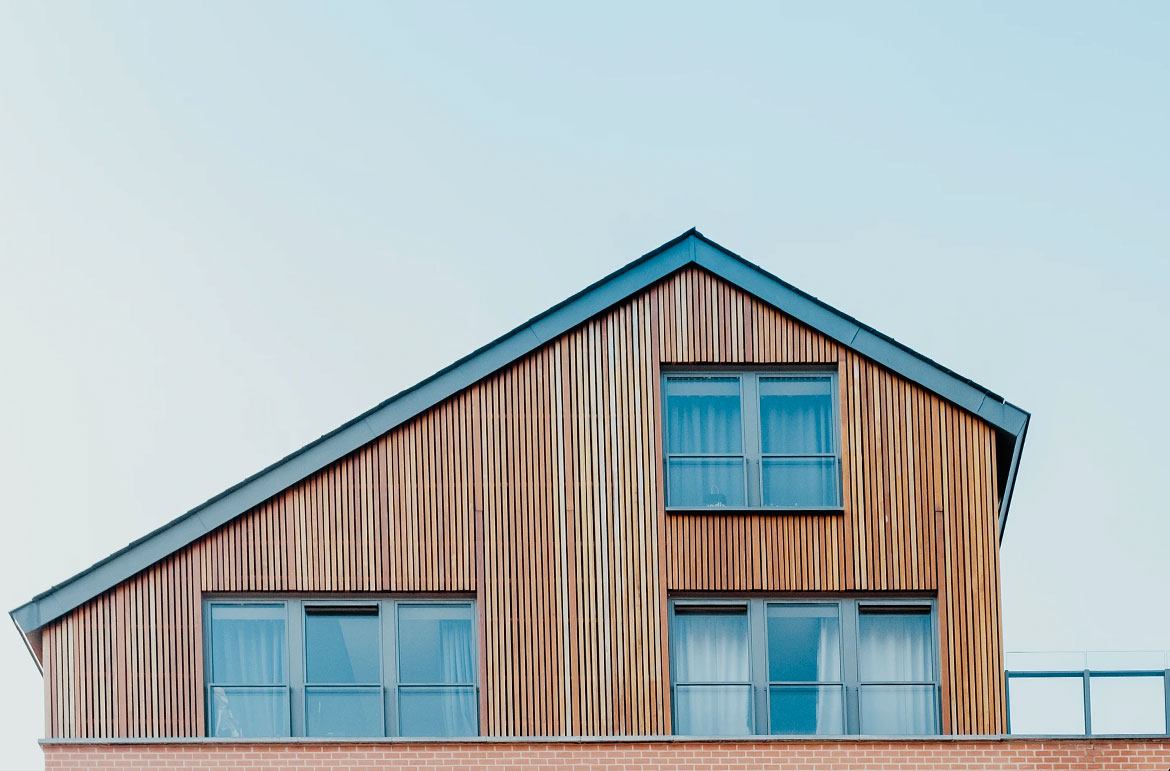
One of the most common questions I get asked is how to build a bigger granny flat. So, can you build a 2-storey granny flat?
Yes, you can build a 2-storey granny flat. Your setbacks will increasing around your property boundaries along with height considerations that will come into play.
Today, I will provide layout ideas for a 2-storey granny flat to maximise space.
DON'T PAY A FORTUNE FOR YOUR GRANNY FLAT. Find out how to deal with council and build a granny flat for the lowest cost possible. Learn More.
I will discuss the cost to build a 2-storey granny flat, restrictions on floor space and discuss ideas to maximise the space upstairs.
Layout Ideas to Maximise Space
A good idea for a design for a 2-storey granny flat is to have:
- A first floor with a double garage and a deck, and
- A second storey with up to 4 bedrooms, bathrooms, a laundry, and a full kitchen with an open plan dining and living area (If you council allows you the floor space)
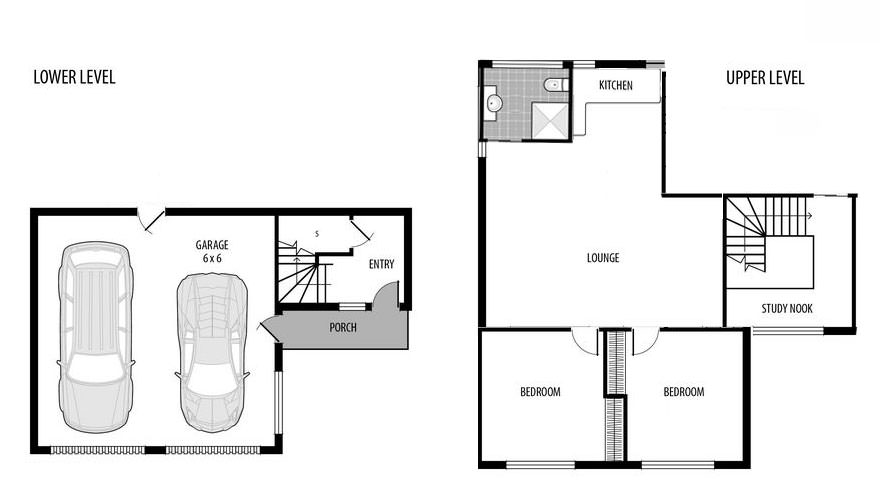
This plan includes a garage on the lower level and the granny flat on top
The reason this design works so well is that your Council will not classify the garage or deck as “habitable space”.
Meaning, the first floor takes no room at all from the floor space you’re allowed – your total square metre allowance can all still be upstairs.
Another great design is to have a deck on the ground floor, which connects to your entry. Stepping inside, you’re greeted by a spacious open plan living area, which opens onto;
- Another deck, allowing more sunlight inside.
The living area flows freely through to a dining area and kitchen with built-in overhead cupboards.
A cleverly placed combined bathroom/laundry is to the left of the kitchen, an ideal location for visitors. If you make your way up the staircase, you will find yourself entering the family’s accommodation oasis.
Two identically sized bedrooms, both with built-in robes, all with room for a bathroom. So, there is plenty of storage space for all occupants, and a buffer between the bedrooms, providing privacy.
The bedrooms with large windows bring in natural light, being higher off the ground it could make for a much nicer view.
This free-flowing, spacious design has a variety of architectural features, showing that:
- A smaller space doesn’t necessarily mean smaller living – this granny flat can house a small family.
Natural light is also important to create a spacious feeling, hence why there is more than one outdoor area.
Cost to Build a 2-Storey Over a Single Storey
The price of a custom-built single storey granny flat starts from roughly $100 000.
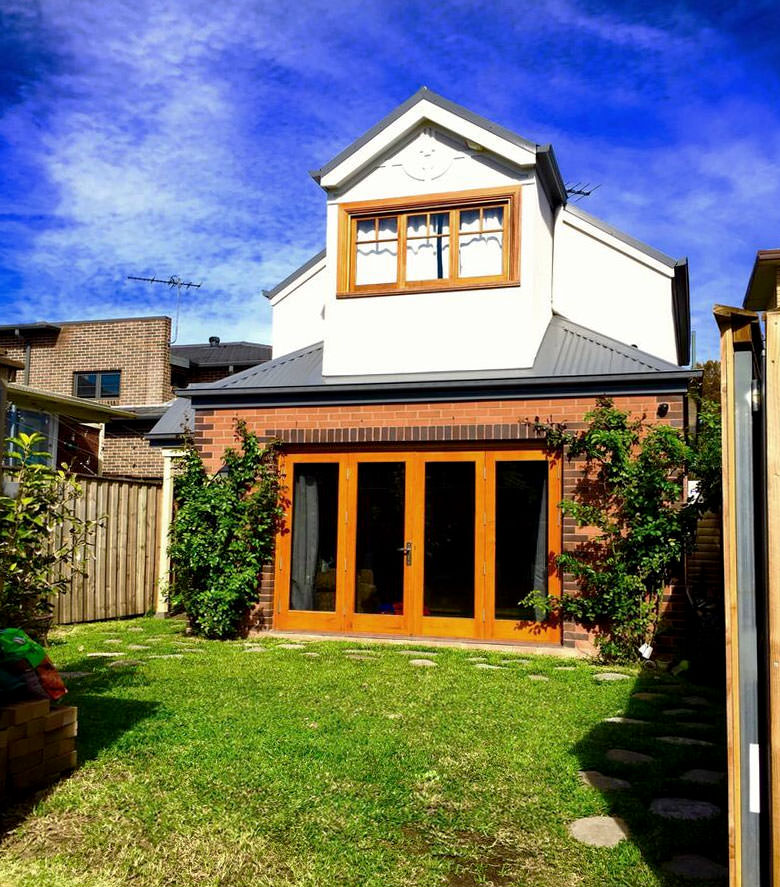
This is another great example of a 2 storey granny flat with 2 bedrooms. Source: AirBnb https://www.airbnb.com.au/rooms/15316009
Expect to pay about up to 80% more for a 2-storey granny flat – So with a building company you may be looking at: $180 000 plus.
This additional cost starts with the granny flat needing a lot more:
- Structural and foundation work designed by your architect, so it’s capable of holding another level.
This includes a stronger:
- Sub-structure, and
- Foundation.
I found this great article that shows just what goes into pouring a slab and constructing a frame for a 2-storey granny flat.
Where to Place the Staircase?
An ideal place to position the staircase is against the wall, say to the left of the entryway if your windows/deck are on the right. This will not take up any valuable floor space – designed correctly, it can maximise your floor space, as you will can:

More storage space never goes wasted
- Use the space under the staircase for storage.
Spiral Staircase vs. Staircase
When building a new dwelling it’s important to understand that the staircase you choose can have a massive impact.
After all, staircases can be a very;
- Statement, elegant showpiece, or
- Simply integrated into the rest of the granny flat.
Regardless of the design of your staircase, you need it to enhance your secondary dwelling. So how do you choose between a regular (straight) staircase, or a spiral staircase?
Well, below I have listed the advantages and disadvantages of both, to help you make an informed decision. A spiral staircase is a modern design – a set of curved stairs, consisting of individual steps that are joined by a central post.
As you go up and down the steps they swivel around this post, which creates a spiral shape.
Their advantages include:
- Space – Thanks to their spiral design, the staircase builds on top of itself. Meaning, your steps won’t extend further than the width of the staircase. So, the staircase can be positioned in the corner of the granny flat, taking up little floor space. Although, they may be larger than you think – I will elaborate on this under ‘disadvantages’.
- Flexible Style – The materials and design of spiral stairs can be customised to suit the style of your granny flat, for a cohesive look. Everything can be altered, from the handrail to the steps.
- Cheap & Easy Installation – Spiral staircases can be delivered in kit form, so you can assemble them yourself in as little as 4-6 hours. This DIY project saves you hundreds on the cost of labour of hiring someone to install a staircase for you. Even if you choose to have someone install them for you, they are easier to install than other stairs. This is as the central post provides structural support, so they generally don’t require much additional supporting structure.
Spiral staircases do come with their disadvantages, which is shown in the fact that many people are now removing them from their homes.
Disadvantages include that they:
- Are Hard to Climb – Spiral staircases are more difficult to walk up and down than other staircases. For this reason, some countries, (i.e. America or the UK), don’t allow them to be used as the main access to the second floor.
- The Building Code of Australia’s regulations for spiral staircases are stricter than other types of stairs. This is as ascending/descending them gets easier as the diameter of the steps increase. So, they may end up taking more space than you originally intended – recommendations are up to 5 feet in width.
Have an Impractical Flow – Their circular nature, narrow width, and the fact they are steeper than regular stairs, creates many downfalls:
- It’s difficult to move furniture upstairs.
- Only one person can walk on the stairs at any time.
- They are difficult for the elderly, large people, or those not confident with balance to use.
- Leave Wasted Space – Even if you still end up taking less room in the granny flat, the staircase will probably leave a circular footprint. This leaves space in the corner against the back wall, with no practical use. Whereas with other types of stairs, this could be used for storage.
A traditional staircase is a set of straight stairs, but you do need to research before fitting the staircase.
You could, for example, choose an L-Shaped design. Put simply, you need a high-quality staircase that fits correctly to the shape and size of your granny flat.
Choose the appropriate design and materials and your benefits will include:
- Ease – They tend to be easy to both build and ascend/descend.
- Simplicity & Versatility – They work well with small homes, as they are basic in nature but still visually appealing.
You can also alter the building materials, and even change the thickness of the steps to allow a better view behind.
- Safety – Some believe they are safer than a spiral staircase due to the fact they are easier to walk.
- Storage Space – You can place them in the corner of the granny flat and use the space underneath for storage.
- Noise Blocking – They may somewhat help stop the transmission of noise between the floors.
These too, however come with their disadvantages, such as:
- They Take Up Space – This type of staircase may take up a bit more linear space, which you must plan for in your design.
Take time to make your decision, as it is an important element in your design.
Restrictions to Floor Space to Consider
A 2-storey granny flat still has the same maximum floor space restrictions as a single storey granny flat.
The restrictions will impact the setbacks to your boundaries.
Once the height of your granny flat starts exceeding 3.8m, your rear and side setbacks increase.
For example:
- You must TRIPLE any height above 3.8m and add this to the existing 3m Rear Setback.
- (i.e. a height of 5m equates to a Rear Setback of 1.2m x 3 = 3.6m +3m = 6.6m).
- You must DIVIDE BY FOUR any height above 3.8m and add this to the existing 0.9m Side Setback.
- (i.e. a height of 5m equates to a Side Setback of 5m/4 = 1.25m + 0.9m = 2.15m).
It’s also important to note that each state has their own restrictions as to the maximum height your granny flat can be.
Ideas to Maximise Space Upstairs
You can increase the floor space upstairs by adding a balcony.
Just like the downstairs deck or garage, this is not “habitable space”, and so isn’t:
- Calculated as part of your living area, or
- Deducted from your floor space.
Balconies also provide:
- A fantastic source of more natural light.
- Wonderful views.
- A great balance between indoor and outdoor living spaces.
Conclusion
Although a 2-storey granny flat may cost you roughly 80% more than a single storey granny flat, it offers you a unique sense of space. You can use decking, natural light and a balcony to create a feeling of spaciousness.
A staircase against the wall won’t take up valuable floor space – correctly designed, it can maximise your floor space by using the room underneath for storage.
When choosing between a spiral staircase and a traditional staircase, there are a few vital things to remember:
- Ensure a spiral staircase meets the Building Codes.
- There’s a big difference between the footprint of a regular staircase and a spiral staircase. Consider your design and limitations.
- Though spiral staircases aren’t unsafe, they aren’t suitable for everyone.
Consider who will be using them, such as the elderly, as they are more difficult to ascend/descend.
Also, keep in mind that regulations state the taller your granny flat gets, the larger your setbacks do too.
Other than that, your design options are endless!



